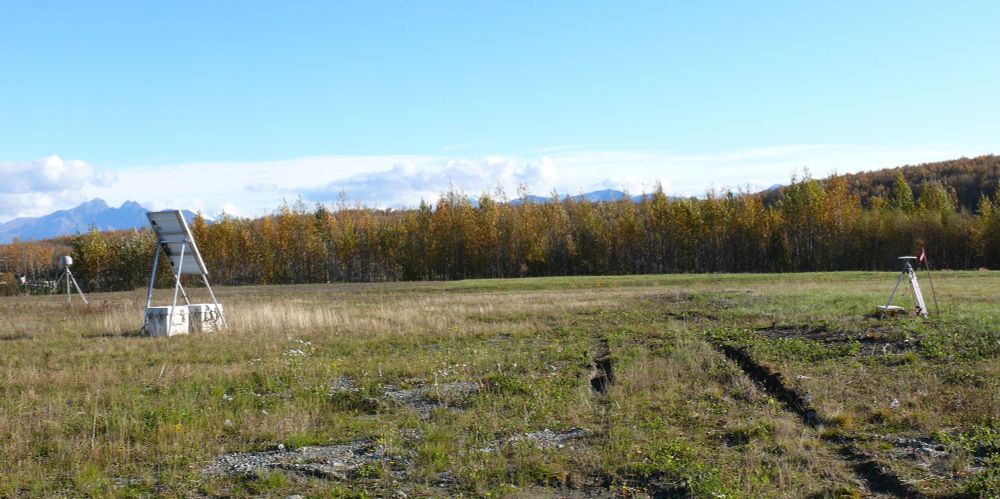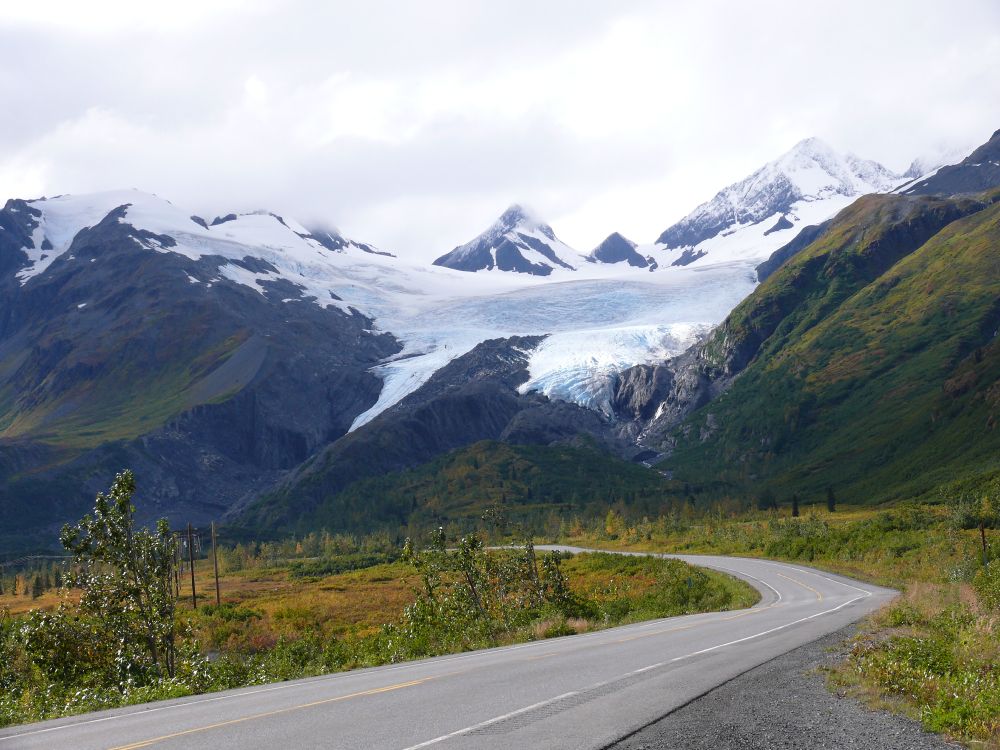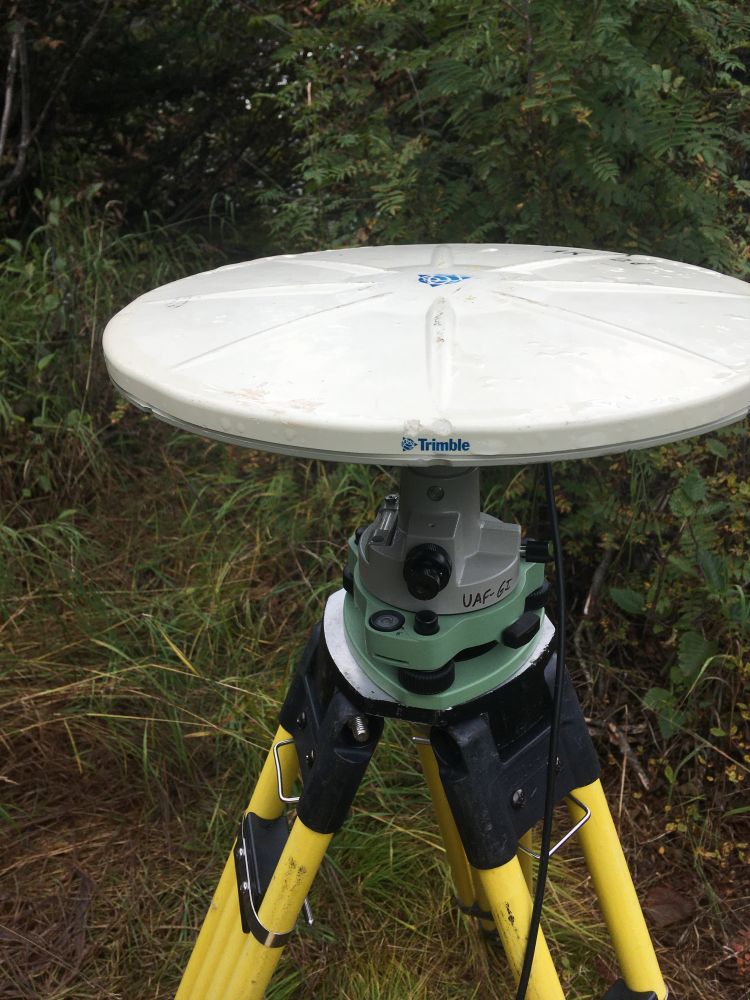Julie Elliott
@julieelliott.bsky.social
2.9K followers
510 following
310 posts
Research Faculty at Michigan State University. Geodesy, Tectonics, and Glaciers. All opinions my own.
Posts
Media
Videos
Starter Packs
Reposted by Julie Elliott
Reposted by Julie Elliott
Reposted by Julie Elliott
Reposted by Julie Elliott
Reposted by Julie Elliott
Reposted by Julie Elliott
Reposted by Julie Elliott
























![Comic. Every feature of the Earth’s surface that we have a hard time explaining. [Arrows point from title to assorted bumps on surface of sphere. Underneath, from the core more arrows point at dotted lines forming structures labeled Hypothesized Mantle Plumes. [caption] Standard Geophysical Model of the Mantle](https://cdn.bsky.app/img/feed_thumbnail/plain/did:plc:cz73r7iyiqn26upot4jtjdhk/bafkreie54uztzhuce7mdeurstlhuj46k36hbazrz5xqnsipx7qvda6llxe@jpeg)